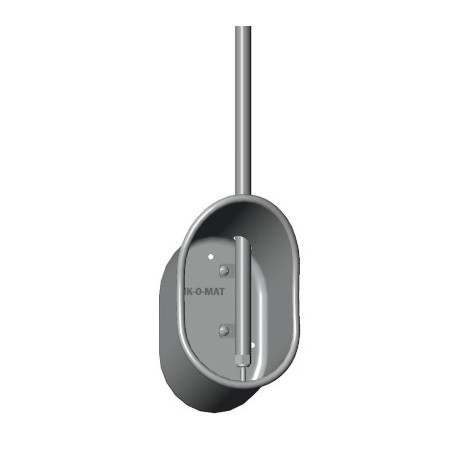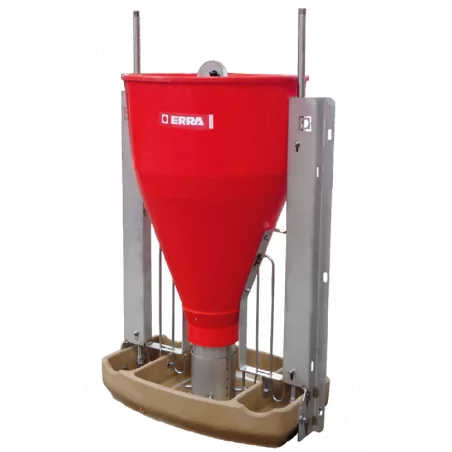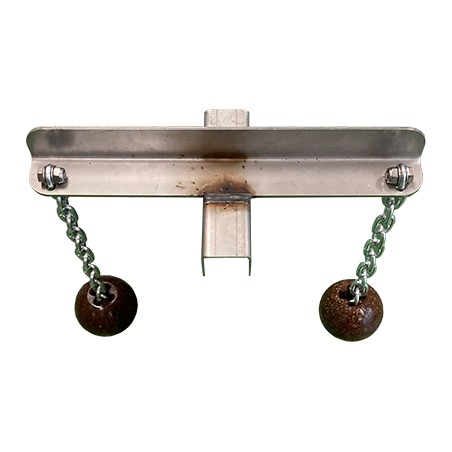In the modern swine industry, any technology or management technique that reduces the number of lightweight pigs will result in a greater economic return. Nowadays, there are two methods to decrease the number of lightweight pigs without increasing days on feed: reducing the amount of variation within the population and increasing the growth rate of the lightest pigs. Therefore, the aim of the present study was to determine whether adding dietary fat to diets of the lightest 50% of the population in a finishing barn would result in an ADG similar to the heaviest pigs fed diets without added fat. Moreover, a secondary objective was to determine if adding dietary fat would influence the coefficient of variation (CV) for ADG within heavy- or lightweight pigs. For that purpose, two experiments were conducted in a 2 × 3 factorial arrangement with main effects of dietary fat addition (0 or 6% choice white grease) and sort weight category (HEAVY, LIGHT, or MIXED). In the first experiment, 1032 pigs (initially 30.7 kg) were individually weighed and sorted into two body weight (BW) groups with one group consisting of pigs greater than median BW and the other group less than median BW. Pens were then formed by randomly selecting pigs: 1) only from heavy group (HEAVY), 2) only from light group (LIGHT), or 3) from both heavy and light groups to create a normal distribution around barn BW mean (MIXED). In the second experiment, 1176 pigs (initially 35.1 kg) were visually sorted into BW groups and assigned to HEAVY, LIGHT, and MIXED pen weight categories.
As a result, in the first trial, adding 6% dietary fat increased ADG of LIGHT pigs, but not HEAVY pigs. In the second trial, the addition of fat increased ADG regardless of sort category. In both experiments, HEAVY pigs had greater overall ADG and ADFI, but decreased G:F compared with LIGHT pigs. However, when HEAVY and LIGHT treatment groups were combined, growth performance and carcass characteristics were similar to MIXED pigs. Sorting decreased the coefficient of variation of final BW but did not affect CV of ADG.

In conclusion, the addition of fat to lightweight pigs’ diets improved ADG in both experiments, suggesting that dietary fat could be used selectively in the barn to increase the weight of the lightest 50% of the pigs. However, sorting pigs into weight groups did not improve growth performance or carcass characteristics.
Hastad CW, Tokach MD, Dritz SS, Goodband RD, DeRouchey JM, Wu F. Effects of added fat on growth performance of finishing pigs sorted by initial weight. Translational Animal Science. 2020; 4(1): 307-315. https://doi.org/10.1093/tas/txz162






